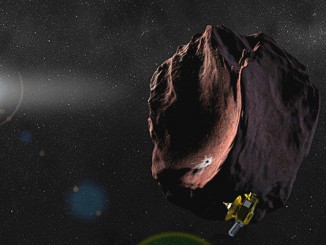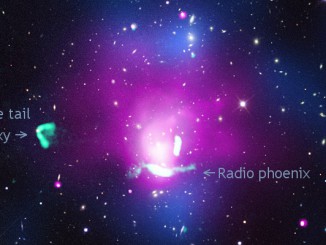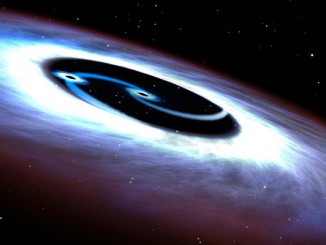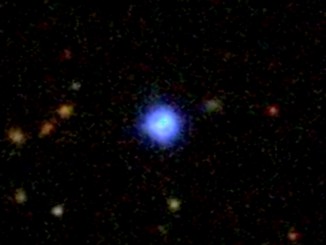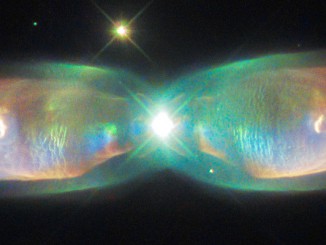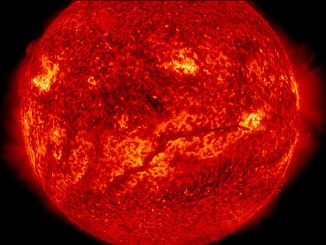
See outermost planet Neptune at its best
When Pluto was reclassified as a dwarf planet in 2006, Neptune regained the title of the solar system’s outermost planet. Since this fascinating gas giant reached opposition on 1 September in the constellation Aquarius, now is a great time to seek it out. We show you how to locate Neptune with binoculars and small telescopes.

